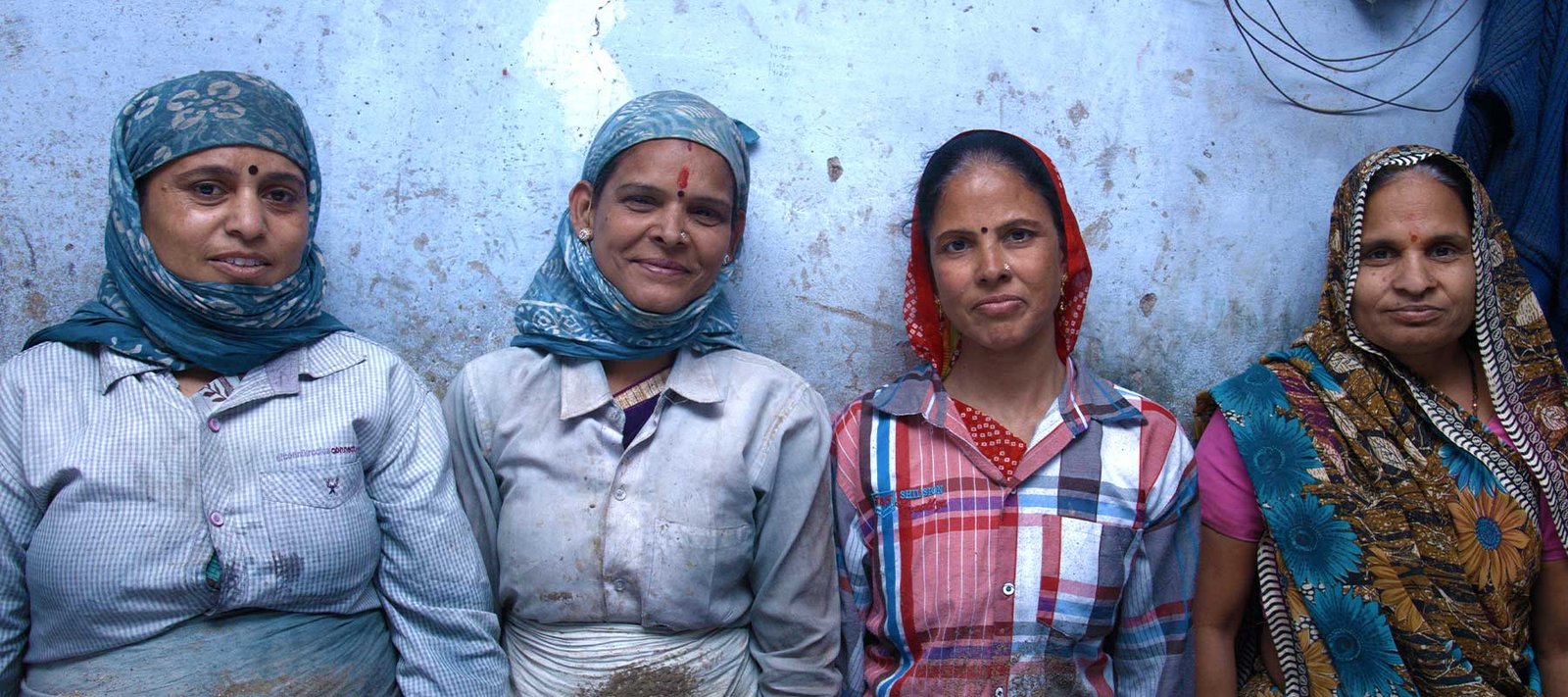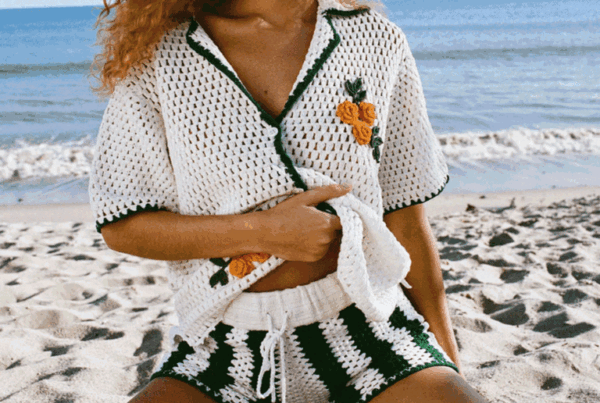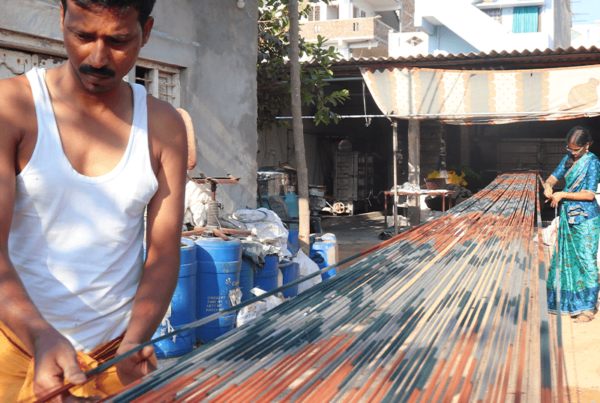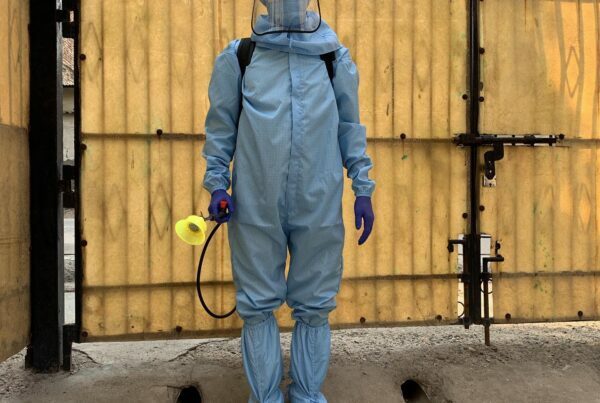The Genealogy of Craftsmanship
By Sonica Sarna
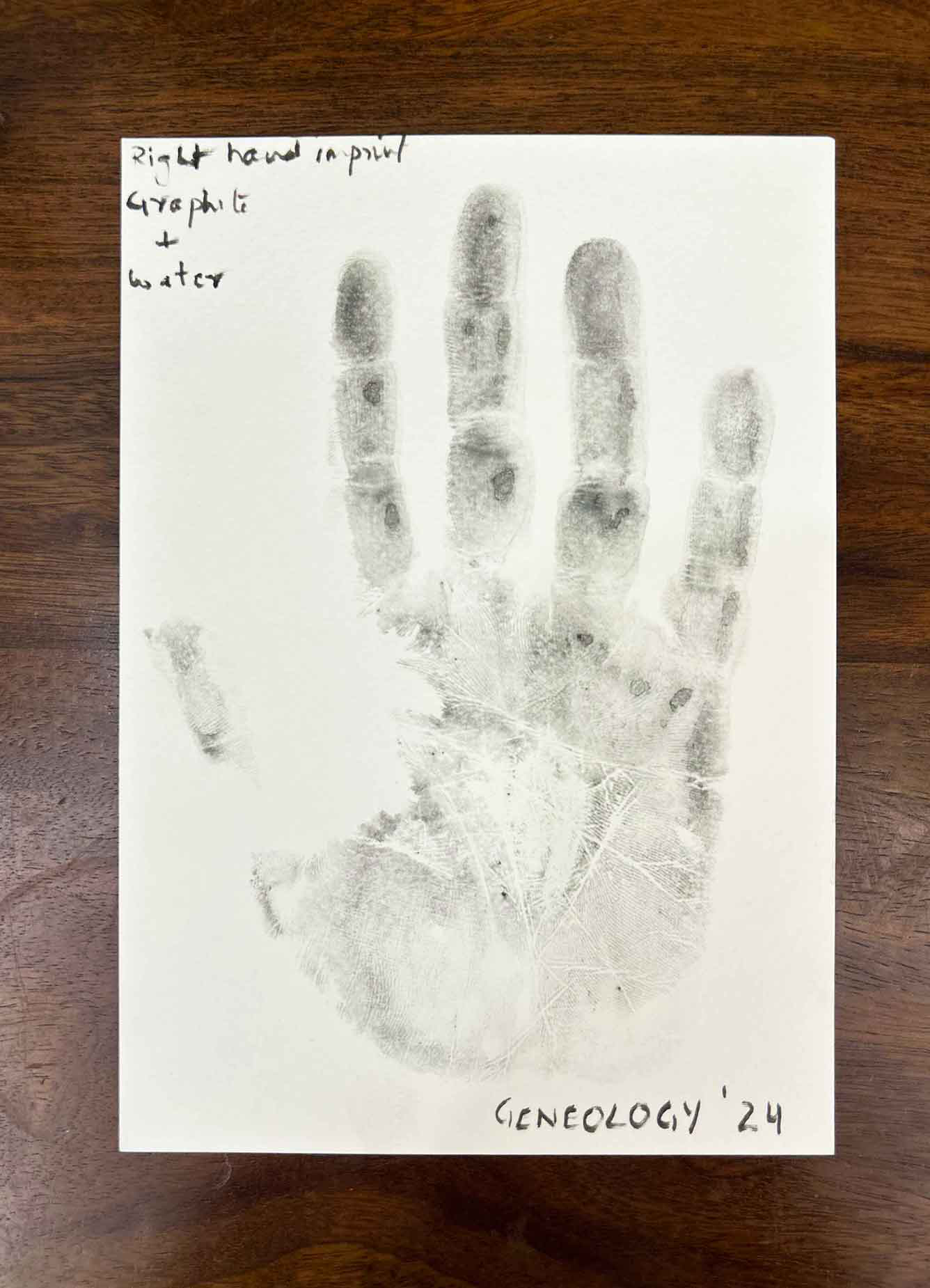 Sonica Sarna 2024
Sonica Sarna 2024
I’m not an artist by profession, but I do love drawing with charcoal. After a particularly intense session of charcoal meets paper, I found myself gazing at my charcoal stained hands, tracing the lines on my palms that shone in relief and then at the drawing in front of me.
>I wondered about my unique thumb impression, nature’s way of creating a unique DNA combination that evolved into my physical, neurological and psychological identity. The drawing I’d just rendered in charcoal stared back at me, an extension of that very same sense of self. After all, aren’t our hands, our handwriting and our art… all elements of the amorphous cloud that is our identity. Would I be me without my thumb impression and clearly my art would not exist if I did not.
“My unique thumb impression belongs to no one but me, nature’s way of creating a unique DNA combination. Maybe the same can be said about my art.”
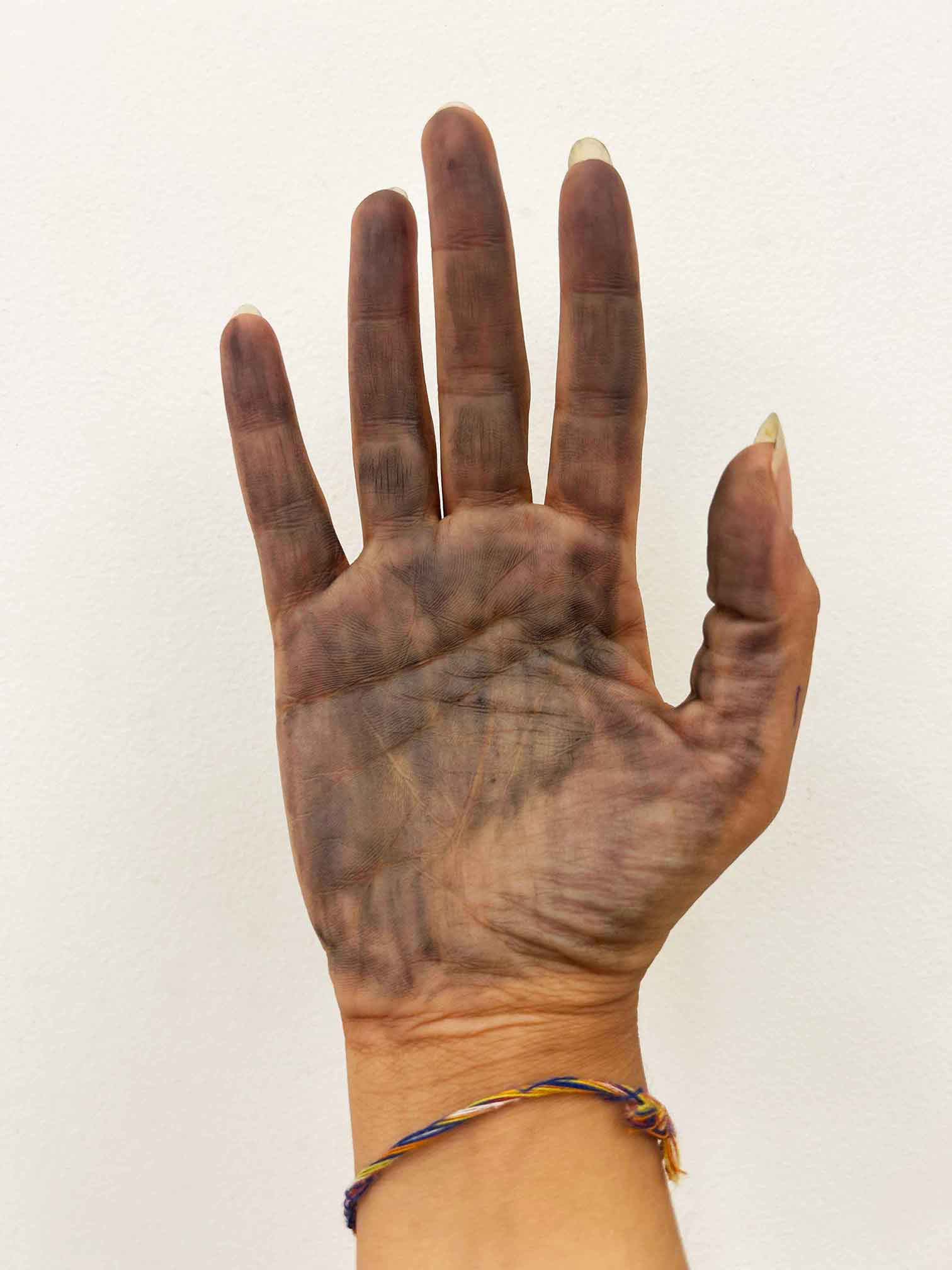 Sonica’s hand photo on an I phone
Sonica’s hand photo on an I phone
So this rumination brings me to craft. You see, I’ve worked with heritage artisan communities across India for many years. Artisans are people who work with their hands, who’s families have created art with their handcrafted dyes and tools from time immemorial as a way of life. Their craft, its origins, the motifs and their creative labor all tilled into the soil of their community for generations. Passed from parents to progeny through story, myth, and apprenticeship. The artisan community’s way of life is rooted in an era predating online shopping, back when craft was both sacred and utilitarian.
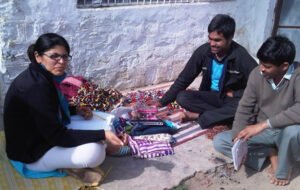 Photo source: Sonica’s archive 2009
Photo source: Sonica’s archive 2009
In today’s dystopian world, however, it seems that anything can be purchased and it often is for an arbitrary numeric value. In this recontextualizing of traditional craft in a modern world, one is inclined to ask:
Can you “buy” craft from an artisan in the name of economic opportunity and erase the craftsman from the craft? To experience artisans working firsthand is to understand that this is no more possible than if one were to separate my thumbprint from my hand. And yet this is the reality we are faced with every day in the fashion industry. A phenomenon often discussed in fashion whistle-blower circles as the problem of cultural appropriation.
“The artisan community’s way of life is rooted in an era predating online shopping, back when craft was both sacred and utilitarian.”
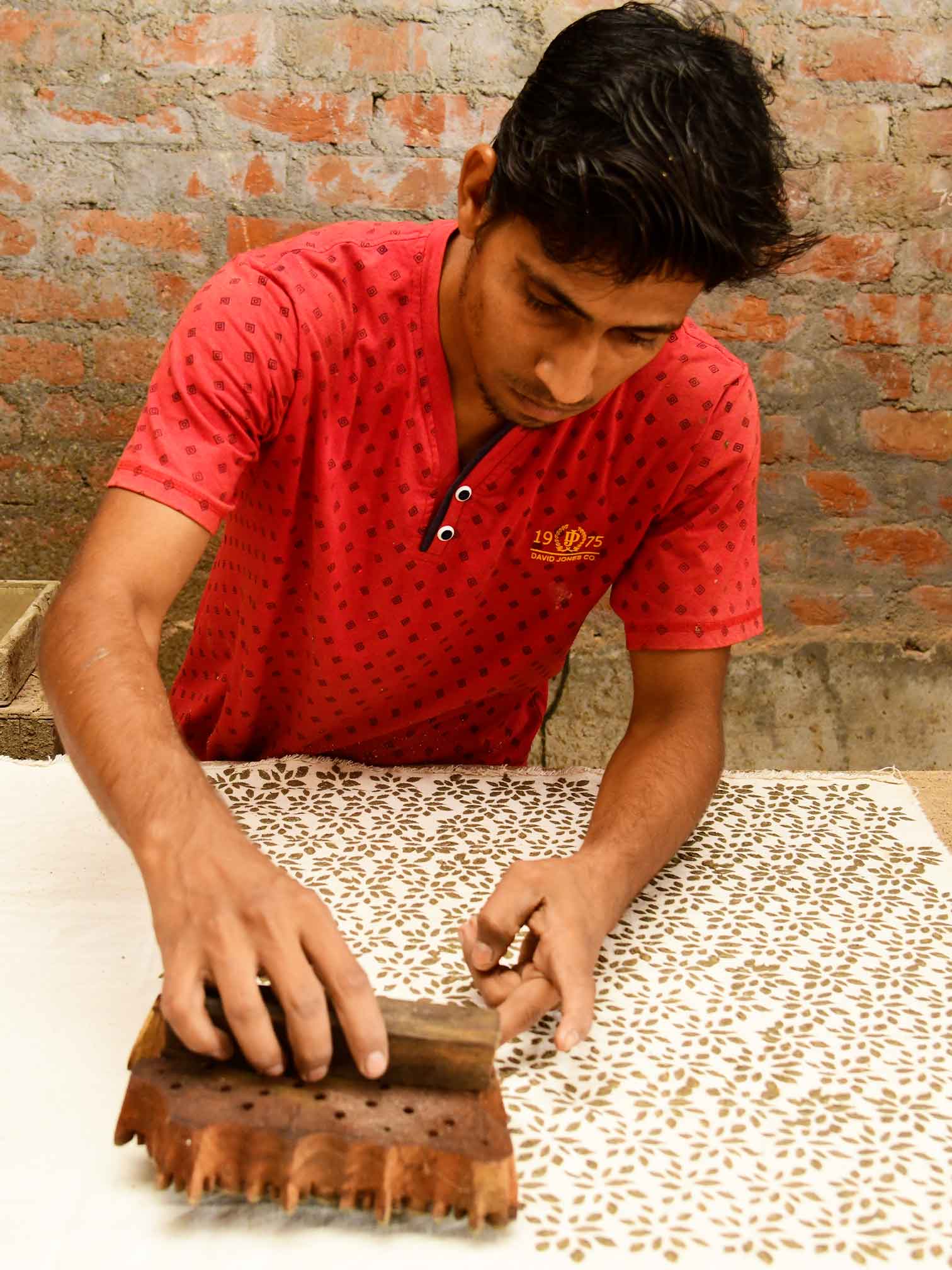 Sonica’s archive, artisan: Aku Yadav, block printer, Chippa community, Bagru, Rajasthan
Sonica’s archive, artisan: Aku Yadav, block printer, Chippa community, Bagru, Rajasthan
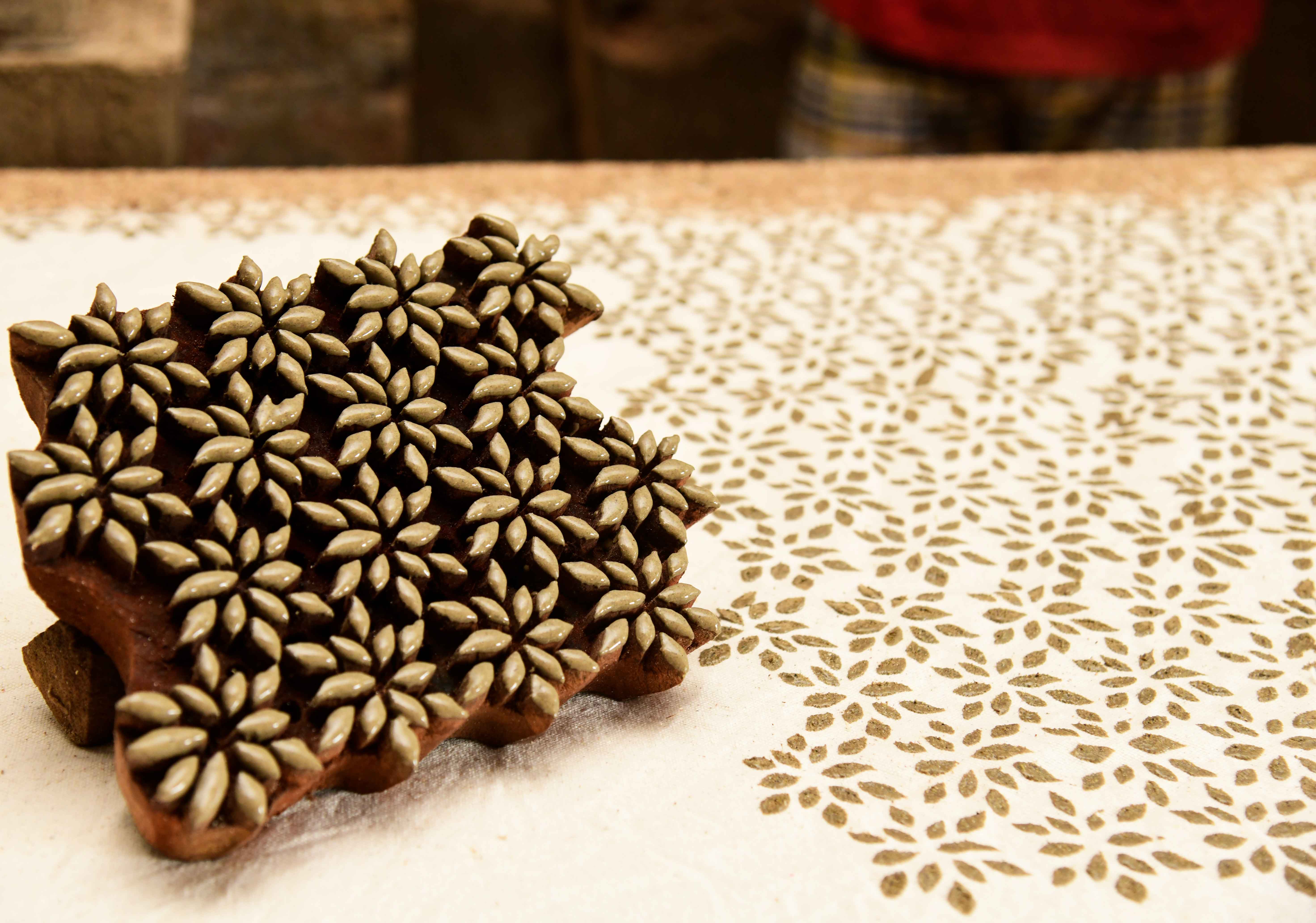
If you’re still reading this, you likely work in or adjacent to the fashion industry. Maybe you’re a designer, an artist, a brand, a stylist, an influencer or even an ecommerce platform. I thank you for coming along with me on this thought exploration. And I promise to arrive at the crescendo soon.
Many of you may have purchased craft from artisans as part of your business(now called vendors in industry speak) because their ancestral craft it is on trend in a particular fashion season. It’s Uzbek ikat motif for SS22 and abstract shibori for SS23. The global craft scene is a textile feast for the designer. In sourcing from artisan communities, conversations around giving the provenance of craft and its makers due credit might have ensued.
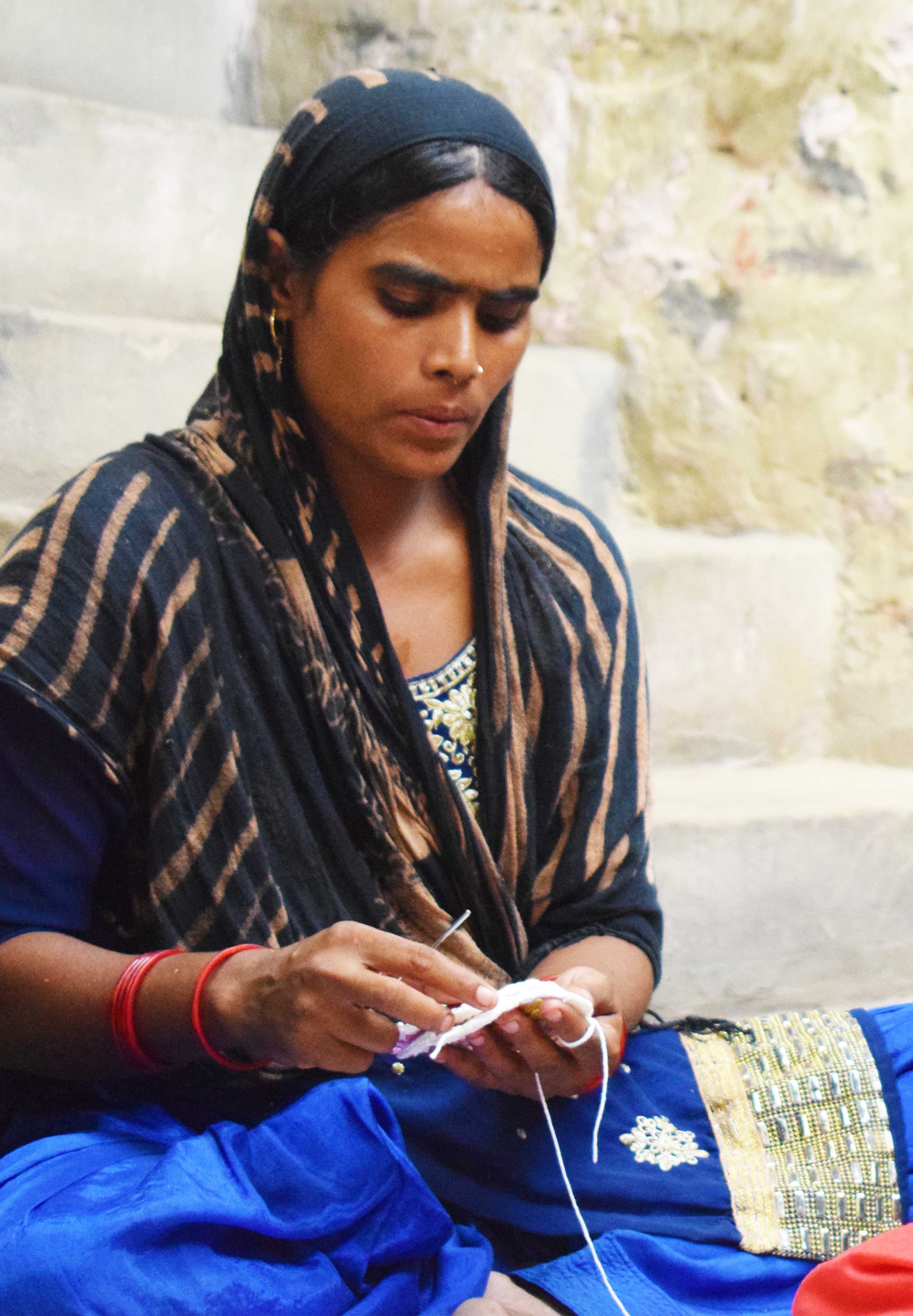 Photo source: Sonica’s archive, artisan: Rani Bano, crochet artisan, Meerut, Uttar Pradesh
Photo source: Sonica’s archive, artisan: Rani Bano, crochet artisan, Meerut, Uttar Pradesh
Perhaps when asked to give credit to artisans for tapping into their heritage for your collections for the fashion-selling season at hand, some of you might have felt hesitant about acknowledging the makers. Others might have felt that design credit isn’t due because it only craft and then some others might have had concerns around sharing your proverbial supplier details with the competition.
I’ve been in my fair share of such conversations with brands over the last two decades (it’s an occupational hazard) and I find myself in the precarious position of being the voice of those who cannot be heard, those who cannot advocate for themselves, those who’s identity is being erased by both poverty and commerce. On the one hand, artisans need work to survive, on the other, without credit their craft and way of life will die out regardless.
“Can you “buy” craft from an artisan in the name of economic opportunity and erase the craftsman from the craft?”
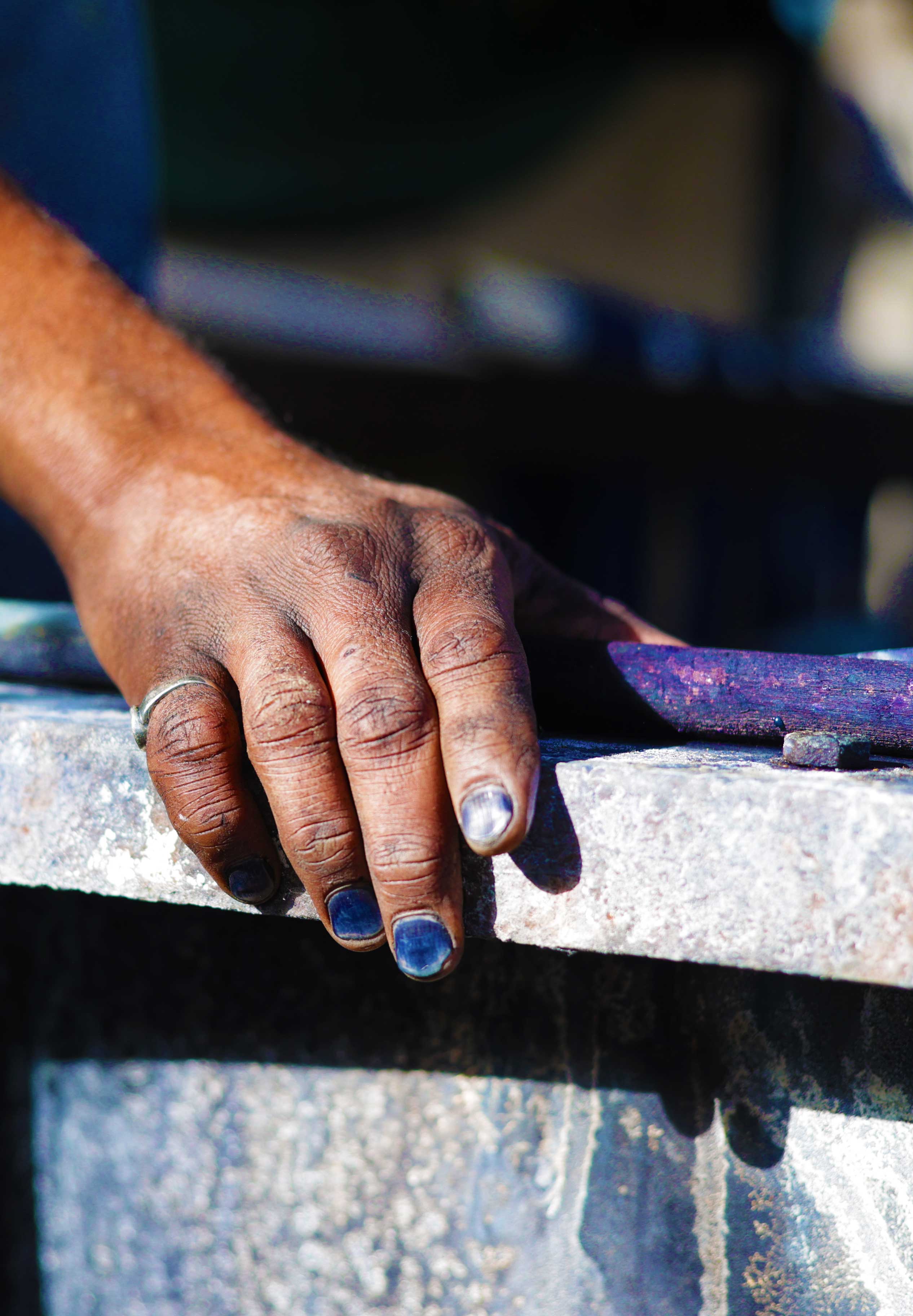 Photo source: Sonica’s archive, artisan: Narish Siju, natural dye indigo and handloom, Kutch, Gujarat
Photo source: Sonica’s archive, artisan: Narish Siju, natural dye indigo and handloom, Kutch, Gujarat
On behalf of the unseen artisan community, I share with you some questions to ponder,
Can a craft be called as such without disclosing the identity of its stewards?
Where does the artisan end and the fabric begin?
What remains when you remove the artist’s name from their art?
Should commerce be allowed to erase the artisan’s genealogy?
And finally, who would we be in this world if our identity was cut away from us and sold with another’s name on it?
“Artisans need work to survive, however, without due credit their craft and way of life will die out regardless. Even if we buy the story of another, it does not become ours.We can however, write new stories together.”
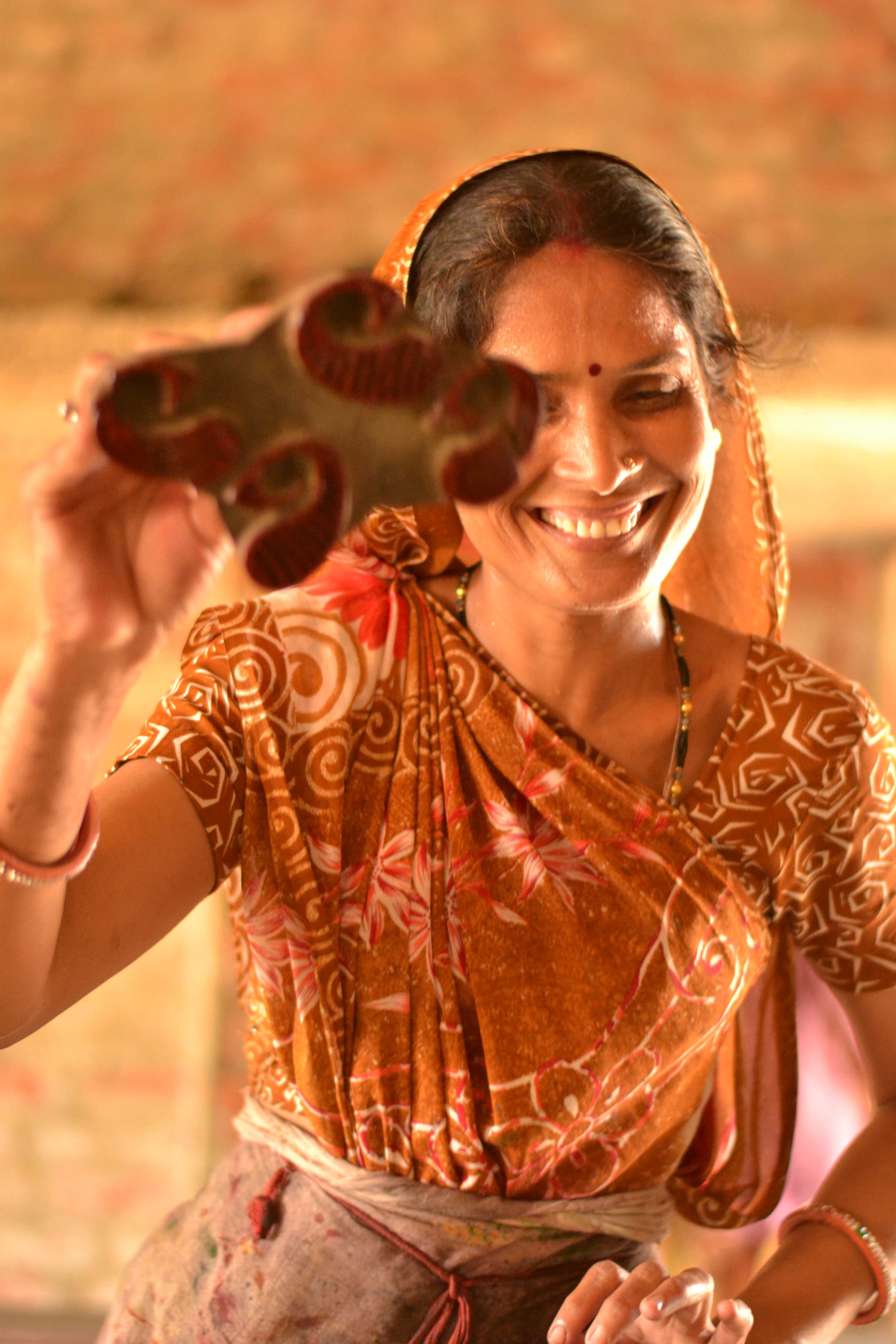 Photo source: Sonica’s archive , artisan: Kamala Devi, block print artisan, Chippa community, Bagru, Rajasthan
Photo source: Sonica’s archive , artisan: Kamala Devi, block print artisan, Chippa community, Bagru, Rajasthan
And keeping this ethos of integrity in mind, we are proud to announce a step in the right direction: Projecthrive Foundation .
A not for profit initiative that tells the artisans stories with consent, credit and compensation built in. We aim to build transparency in artisan partnerships, and to acknowledge and preserve indigenous textile heritage as a way to a more sustainable fashion future.
And lastly, we hope to support collaborative effort among designers, artisans, brands and activists alike to address the big challenges facing the fashion industry and to empower brands by helping them report the powerful impact of their ethical decisions.
With love, I leave you with this final caveat…
Even if we buy the story of another, it does not become ours.
We can however, write new stories together.
To continue the conversation, reach out at impact@sonicasarna.com
